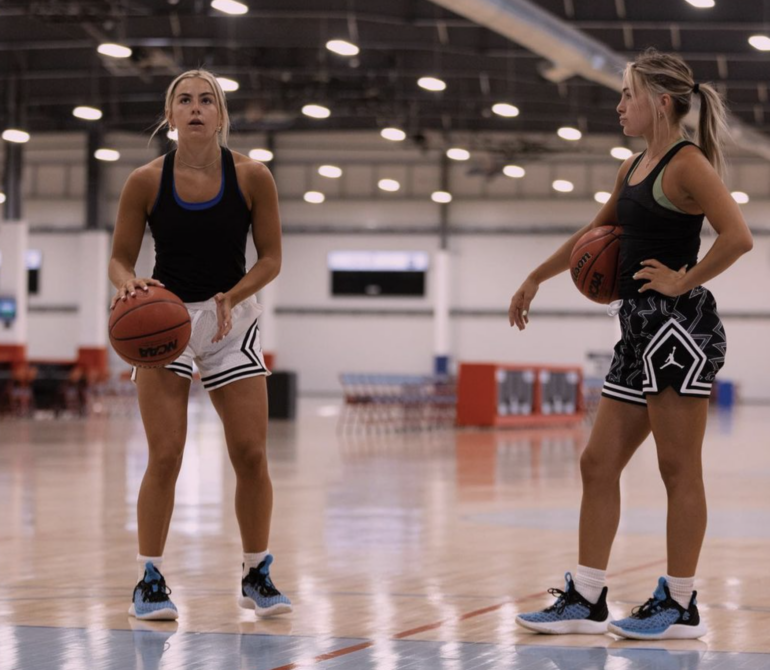The NCAA has a “hot girl problem” according to liberal writers who are now up in arms at the fact that student athletes receiving the biggest name-and-likeness deals (NIL) now appear to be attactive college athletes in basketball and gymnastics.
The NCAA’s decision to allow student-athletes to monetize their image and likeness created a tidal shift in college sports. For players like the Cavender twins, who have a large social media presence, the new rules have allowed them to land large endorsement deals and sponsorships, not because they’re especially good at their sport of choice, but because of their “personal branding.”
The Free Press writer Ethan Strauss is all hot and bothered by the fact that attractive women make money from being attractive. “While the Twins are accomplished basketball players—until recently, they played for Division I University of Miami—they’re nowhere near the top of the women’s basketball totem pole. The top players in college women’s basketball—like Keishana Washington at Drexel University or Caitlin Clark at University of Iowa—score close to 30 points per game. In her final year at Miami, Haley Cavinder scored just over 12 points per game; Hanna, just under 4 points. They were good, but not WNBA good.
“If you look at the NIL girls, the first ones who were getting deals were the blonde girls,” Louis Moore, a sports historian at Grand Valley State University, told The Free Press. The Cavinder Twins, Moore said, have benefited handsomely from “their very blonde, girl-next-door looks,” posting videos of themselves in bikinis and tight-fitting dresses. Lots of their videos hint at the possibility of one twin having a boyfriend. Others wink at the male fantasy of group sex with identical sisters, featuring captions like “when he asks for blonde twins for Christmas” and “I want a girl with a twin sister.”
Meanwhile, the NCAA is extra-sensitive to the optics. The organization made a point of singling out the Cavinder Twins when, in February, it announced that for the first time in the NIL era, it was fining a member school, the University of Miami, and putting the university on probation for a year—despite men’s college sports being rife with more serious improprieties, and widespread uncertainty about what is permissible.
“The Miami (Florida) women’s basketball head coach violated NCAA rules when she facilitated impermissible contact between two prospects and a booster,” the NCAA declared in a statement explaining the $5,000 fine.”
The twins have made roughly $2 million from endorsements since the Supreme Court ruled that college athletes could license their name, image, and likeness.
They’re already flirting with joining the WWE, which their lawyer has labeled as the “evolution from athlete to owner, from playing someone else’s game on someone else’s court in someone else’s uniform to being CEO of their own company.”
The New York Post noted, “The twins frequently post social media images and videos showing them working out and frolicking in their swimsuits.
On Instagram, they have 261,000 followers — which pales in comparison to the 4.5 million TikTok users who watch their videos.
The top women’s college basketball players, such as Louisiana State University’s Angel Reese, who averaged 23 points during her just-completed season, earn less.”
[Read More: JP Morgan Pays Massive Settlement]



